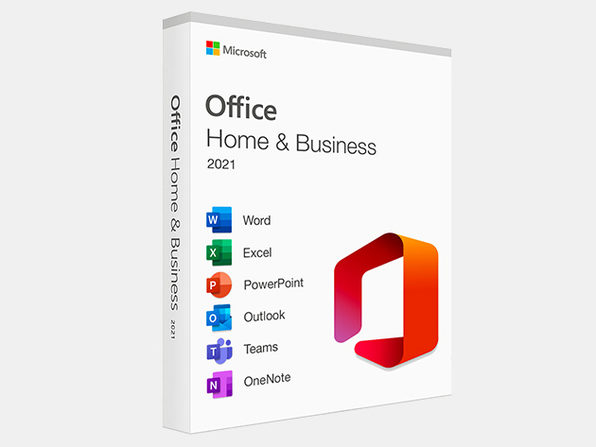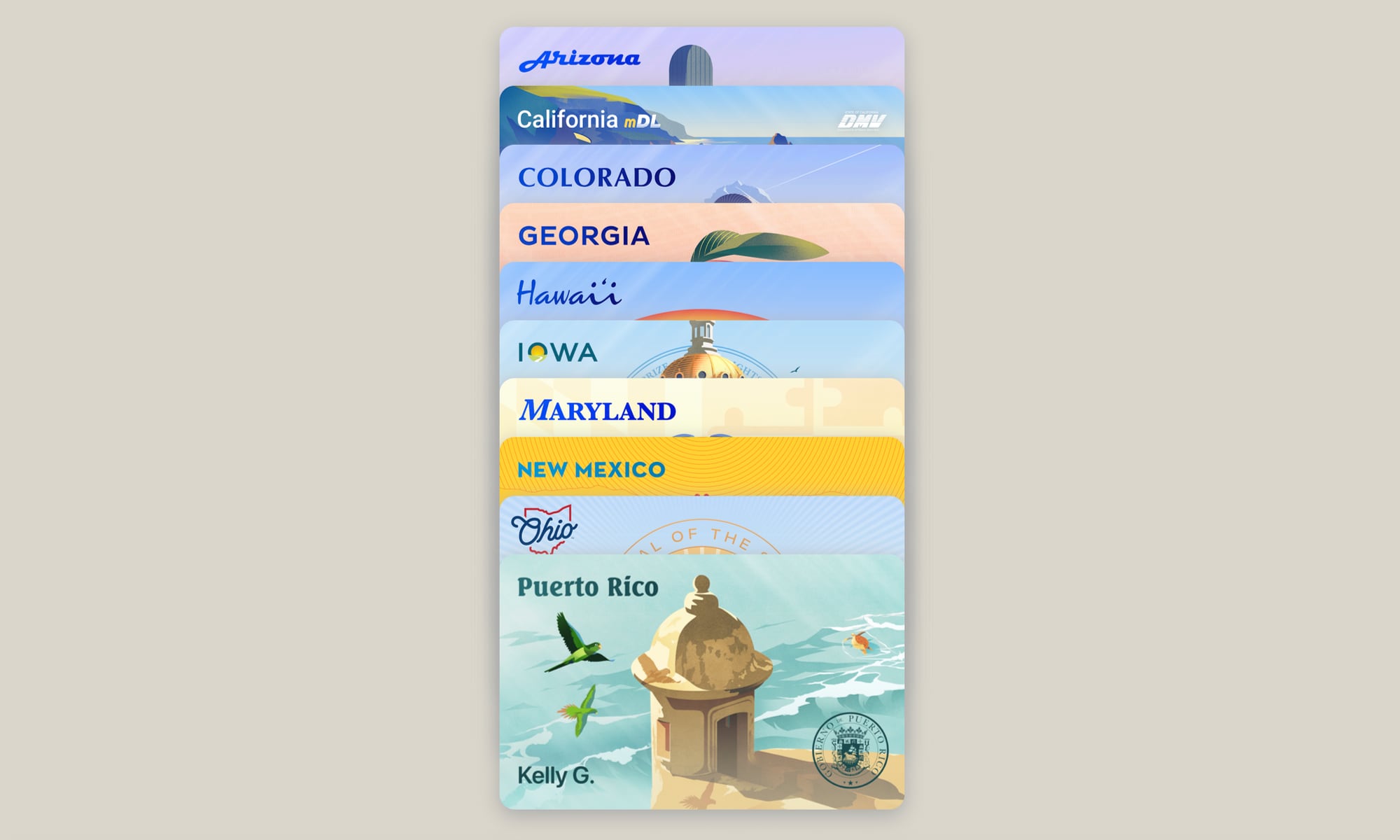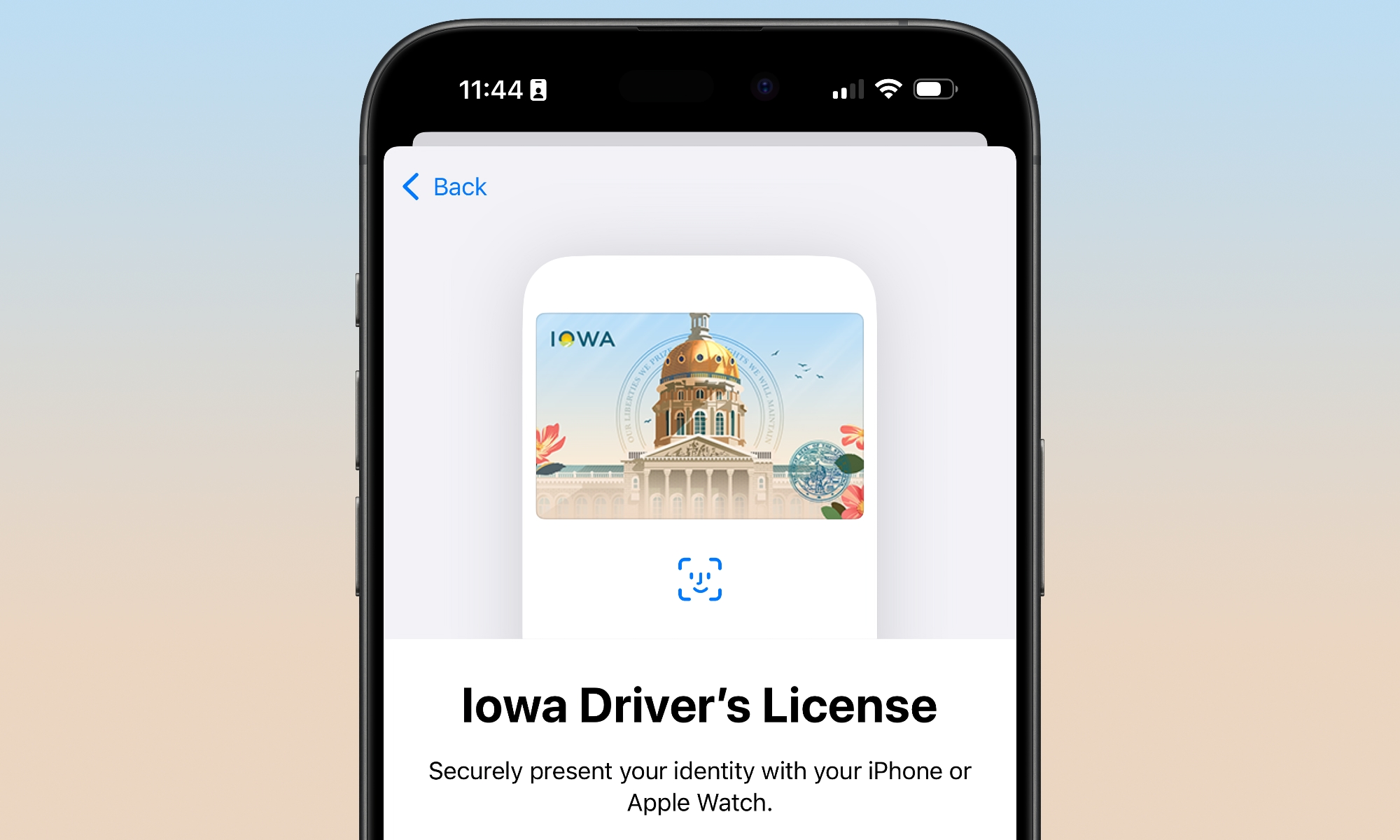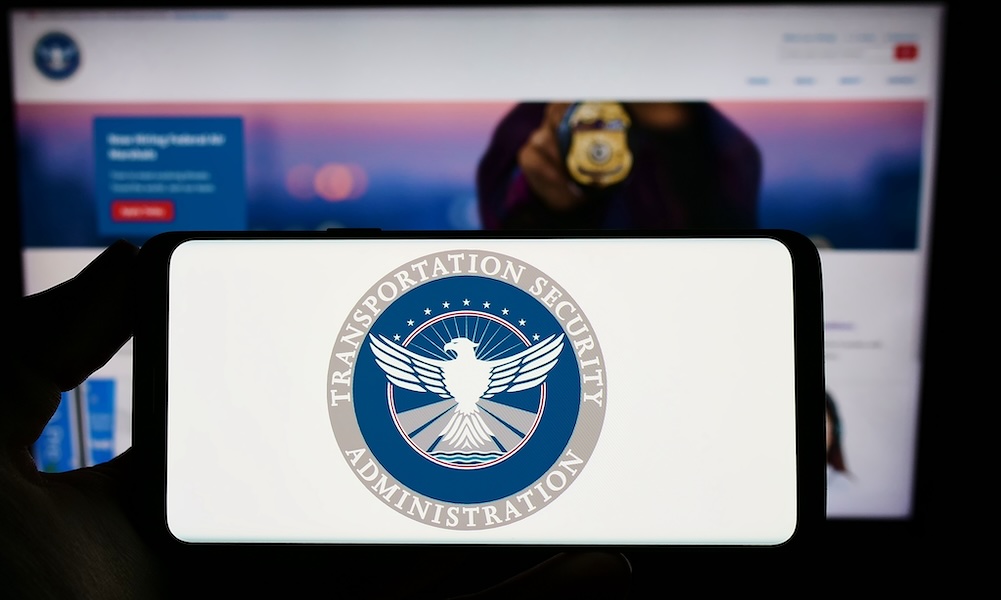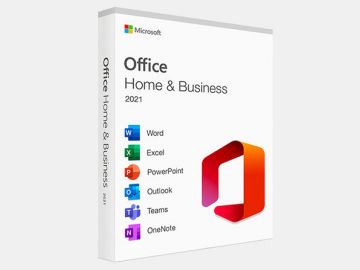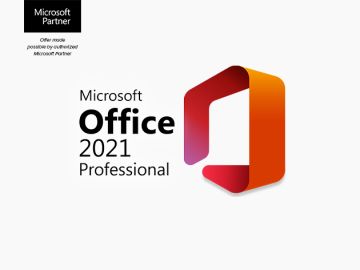iOS 26 Rolls Out, but Passport Support Is Still Stamped ‘Pending’
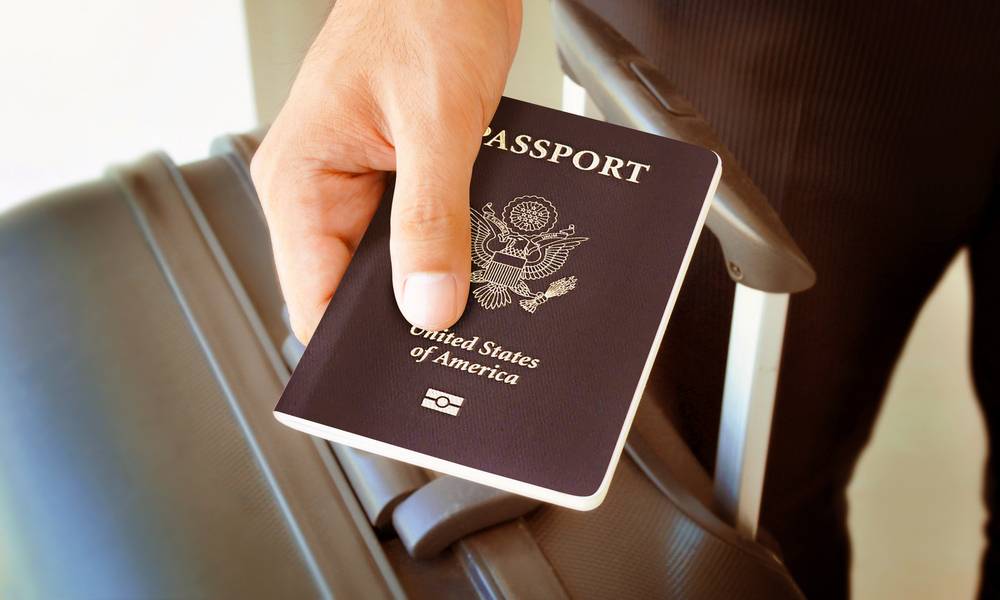
Toggle Dark Mode
When Apple showed off iOS 26 during its June Worldwide Developers Conference (WWDC), it departed from previous presentations by focusing only on the features that the company expected to deliver for its initial September release. It was refreshing to know that everything that we saw would be coming right away, but it seems that Apple has been forced to delay at least one of the features it promised for iOS 26.
In June, Apple announced several enhancements to the iPhone Wallet app, including more powerful boarding passes, order tracking, and support for US passports. Passport support was listed on its iOS 26 preview page throughout the summer, implying that it was still on track for iOS 26.0:
Store even more in Wallet. Create a digital ID in Wallet using your U.S. passport. It can be used at TSA checkpoints, in apps, and in person. Boarding passes now include convenient access to airport maps, luggage tracking with Find My, and shareable Live Activities.
However, around the time of the public release of iOS 26 on Monday, Apple quietly added a footnote to indicate that it will be coming in a future software update.
Digital ID will be available in a software update with U.S. passports only.
Apple hasn’t said whether that will be iOS 26.1 or beyond, but the challenges it’s run into may be more than purely technical, since there are undoubtedly layers of government bureaucracy involved here as well.
The Winding Road of Digital Driver’s Licenses
In an ironic twist, even though Apple led the way in supporting mobile driver’s licenses four years ago, Google actually beat it to the punch for US passport support, adding these capabilities to Google Wallet late last year.
While Apple delivered the underlying technology for Digital IDs in iOS 15.1, and eight US states signed onto the initiative almost immediately, it’s walked a long road. Of the initial batch of states that had committed to enabling digital driver’s licenses in Apple Wallet, only Arizona, Maryland, Georgia, and Iowa ever followed through.
The first two arrived in 2022, along with Colorado, which came out of the blue. Georgia took until May 2023 to become the fourth, and Iowa didn’t come to the party until last year, in the midst of a spattering of new entrants that included Ohio, Hawaii, California, New Mexico, and Puerto Rico. Of the original eight, Connecticut, Kentucky, Oklahoma, and Utah are still missing four years later. Some have rolled out their own standalone apps instead, while others appear to have made little progress toward even a pilot project.
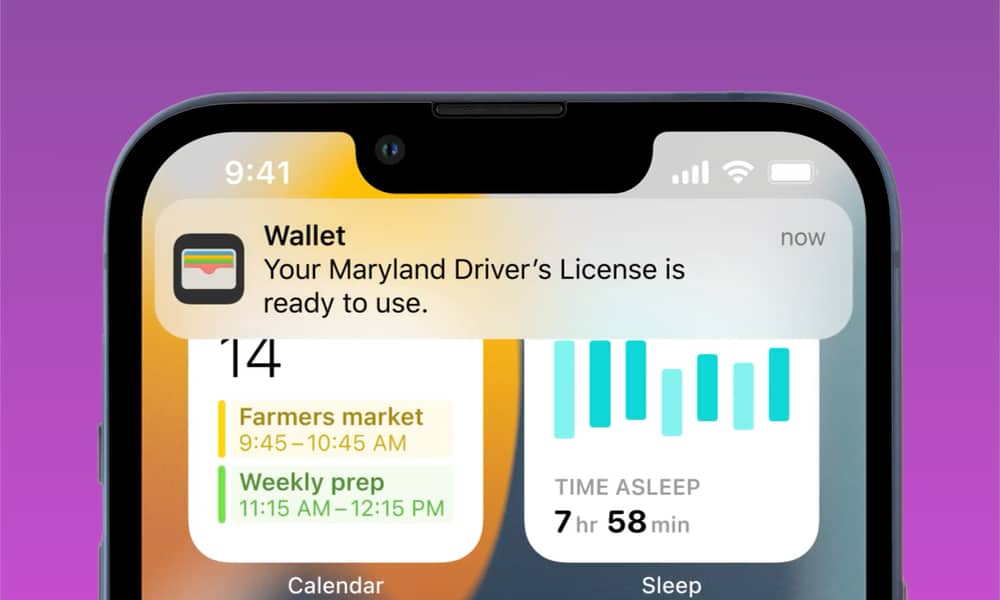
While Apple Wallet already had three states on board by the end of 2022, it wasn’t until 2023 that the first mobile driver’s licenses came to Google Wallet. In May that year, Google and the Maryland MVA jointly announced that it would be the first state ID in Google Wallet.
The timeline became a fascinating game of leapfrog, since even though digital driver’s licenses are based on an open ISO 18013-5 mDL standard, they’ve rarely been adopted by both platforms in the same time frame.
For example, despite being the first to adopt Apple Wallet in March 2022, Arizona didn’t join Google Wallet until several months after Maryland, which had been the second state to adopt Apple Wallet in May 2022. Colorado was third on both platforms, but a year apart.
Nevertheless, Apple likely owes much of the success of digital driver’s licenses to Google, for 2024 became the year when adoption of the technology finally began to gain momentum. While many states may have been reluctant or unmotivated to invest in a single platform solution, the addition of Android smartphones to the mix seems to have lit a fire under them. As of this writing, 10 states and one territory (Puerto Rico) now support digital driver’s licenses, with Montana entering the fold in August.
While Apple made the big kickoff into digital ID technology, it was ultimately Google that took the ball and ran with it.
Same-day launches in both Apple Wallet and Google Wallet have been the exceptions rather than the rule. Only New Mexico and Montana debuted on both platforms simultaneously, rolling out on December 5, 2024, and August 19, 2025, respectively. Others were close, but Apple Wallet still generally led the way, and remains the only option in at least three jurisdictions — Ohio, Hawaii, and Puerto Rico — while Utah has thrown its hat in exclusively with Google.
Nevertheless, Google gained a considerable lead when it added support for US passports last year. After announcing in September that Android users would soon be able to save a US passport as a digital ID in Google Wallet, it kicked off a beta testing phase in October and rolled it out more broadly in December.
The original Google Wallet passports served as a “real-ID equivalent” for TSA domestic travel, meaning it sufficed even if you didn’t have a REAL ID driver’s license. However, you still needed to carry your physical passport for international travel, border crossings, or anywhere else you could be required to present it.
While support for US passports hasn’t arrived in iOS 26 yet, based on what Apple has told us, we can infer that these will have similar limitations.
What’s Taking Apple So Long?
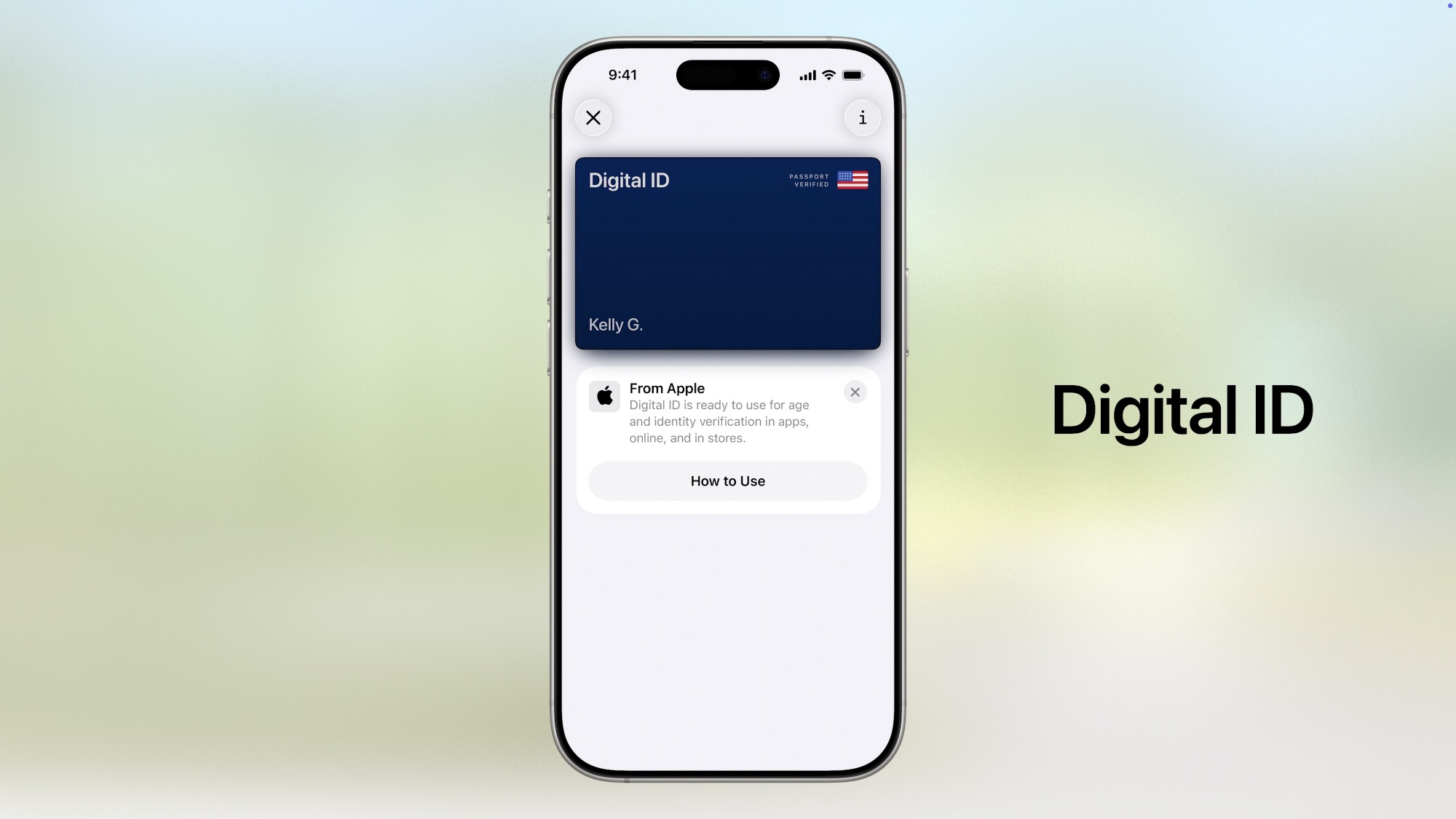
The obvious question that may come to mind is, if Google has already figured this out, why hasn’t Apple? Both are effectively the same thing, and if the TSA and other government agencies have already accepted the idea of digital passports, it shouldn’t matter what platform they’re on, right?
Well, like most things that involve bureaucracy, regulation, and security, the answer is much more nuanced. While the US State Department and the TSA have agreed to accept digital passports, each company that wants to implement them still has to meet specific standards and go through various stages of testing and validation to prove it.
After all, digital IDs are only valid at airports if the Transportation Security Administration (TSA) agrees to accept them. The TSA maintains formal pilot programs that are set up and negotiated individually with each company. Clearing those hurdles for Google doesn’t automatically make life easier for Apple, which would have to repeat the same paperwork, compliance checks, and operational testing.
Further, even though Apple has already been down this road with state digital driver’s licenses, passports are issued by the US State Department. Apple must demonstrate that its workflow for creating, storing, and presenting digital passports meets stringent security requirements. The State Department likely requires it to undergo an entirely separate set of certifications and audits.
It’s also important to remember that, even though the TSA can already handle mobile driver’s licenses at many airport checkpoints, passports have higher security requirements and use an entirely different standard, as they also involve encoding the eMRTD (electronic machine-readable travel document) chip found in physical US passports.
Lastly, there’s also Apple’s own desire to ensure a smooth user experience. While it seemed happy to let digital driver’s licenses arrive when only a few airports were ready to accept them, this was also reasonable for a state-by-state rollout; it didn’t matter much if only TSA checkpoints at major airports in Arizona could read a digital ID if that were the only state where they were being issued. However, since US passports would be available in all 50 states, it may prefer wider adoption by the TSA before it’s ready to turn the key.
Then we have Apple’s stringent privacy requirements. Unlike other platforms, Apple often insists on processing and storing sensitive data directly on the user’s device and minimizing data collection. These approaches may require more complex negotiations and certifications with the State Department.
Apple did not immediately respond to a request for comment regarding a more specific timeline for the feature’s release. While the company has publicly stated only that the feature will arrive in a ‘future software update,’ history suggests a likely target could be iOS 26.1 or 26.2, which typically arrive in the October-December timeframe. This would give Apple and its government partners a few more months to complete the necessary testing and ensure a smooth rollout ahead of the busy holiday travel season.

